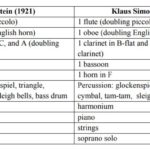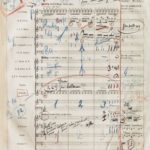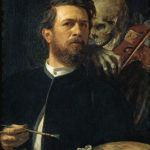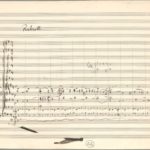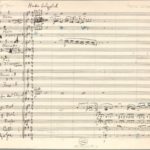
Moderately, not rushed, Sonata form. Flutes and sleigh bells open the unusually restrained first movement (and used later with a melodic theme known commonly as the 'bell theme', which helps define sections throughout the movement) often described as possessing classical poise. As would be expected for the first movement ...
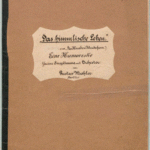
Was originally part of Des Knaben Wunderhorn. See: Introduction Des Knaben Wunderhorn, 12 songs number 3.
Very comfortably. Strophic. The fourth movement opens with a relaxed, bucolic scene in G major. A child, voiced by a soprano, presents a sunny, naive vision of Heaven and describes the ...

